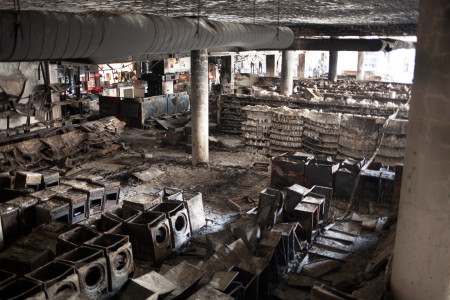Islamic extremists killed 173 people in Kenya in 2014, the highest number in the three years that Kenya has experienced violence blamed on neighbouring Somalia’s al-Shabab militants, Kenya’s police force said on Wednesday.

Kenyan police said 312 people were killed in the country in militant attacks since 2012 and 779 people were wounded during the period.
Nairobi, Mombasa, Garissa, Mandera and Wajir were towns where the attacks took place between 2012 and 2014. The targets were security officials, places frequented by tourists, passenger service vehicles, churches, malls and other crowded places, said acting police chief Samuel Arachi.
Al-Shabab has vowed retribution for Kenya sending troops to Somalia. Kenya deployed its troops to Somalia in October 2011 to fight the extremist rebels who had carried out cross-border attacks including the kidnapping of four Europeans. Kenyan troops are now part of a multinational African Union force bolstering Somalia’s weak government against an insurgency by al-Shabab which is linked to al-Qaida.
Al-Shabab, in a video released Saturday, threatened more attacks on Kenya similar to its 2013 assault on the Westgate Mall in Nairobi, in which 67 people were killed.
Al-Shabab gunmen shot dead at least 60 non-Muslims in two separate incidents in northern Kenya in late November and early December. A Kenyan official said Tuesday the government is looking at new options to control the threat including constructing a wall or gullies on parts of the 682 kilometre (423 mile) border with Somalia.
The official, who insisted on anonymity because he is not authorized to speak to the press, said there are discussions about how to create a buffer zone with Somalia.
Systematic corruption prevents Kenya from effectively tackling extremist attacks, said an analyst.
“The systemic corruption that afflicts all our institutions infects our security services, too. This continues to be the dead weight our efforts against terrorism have to carry,” said Kenyan corruption expert John Githongo, by email from California where he is a visiting scholar at the Haas Center and Center for Development and the Rule of Law at Stanford University.









